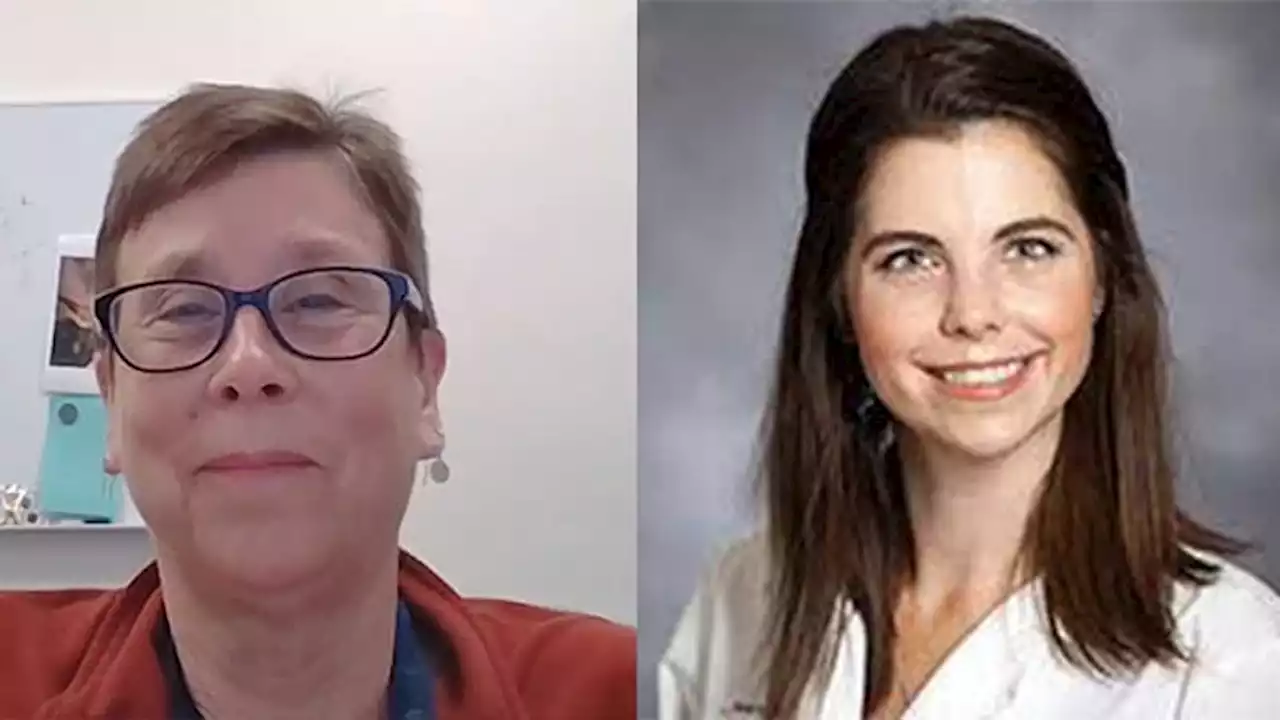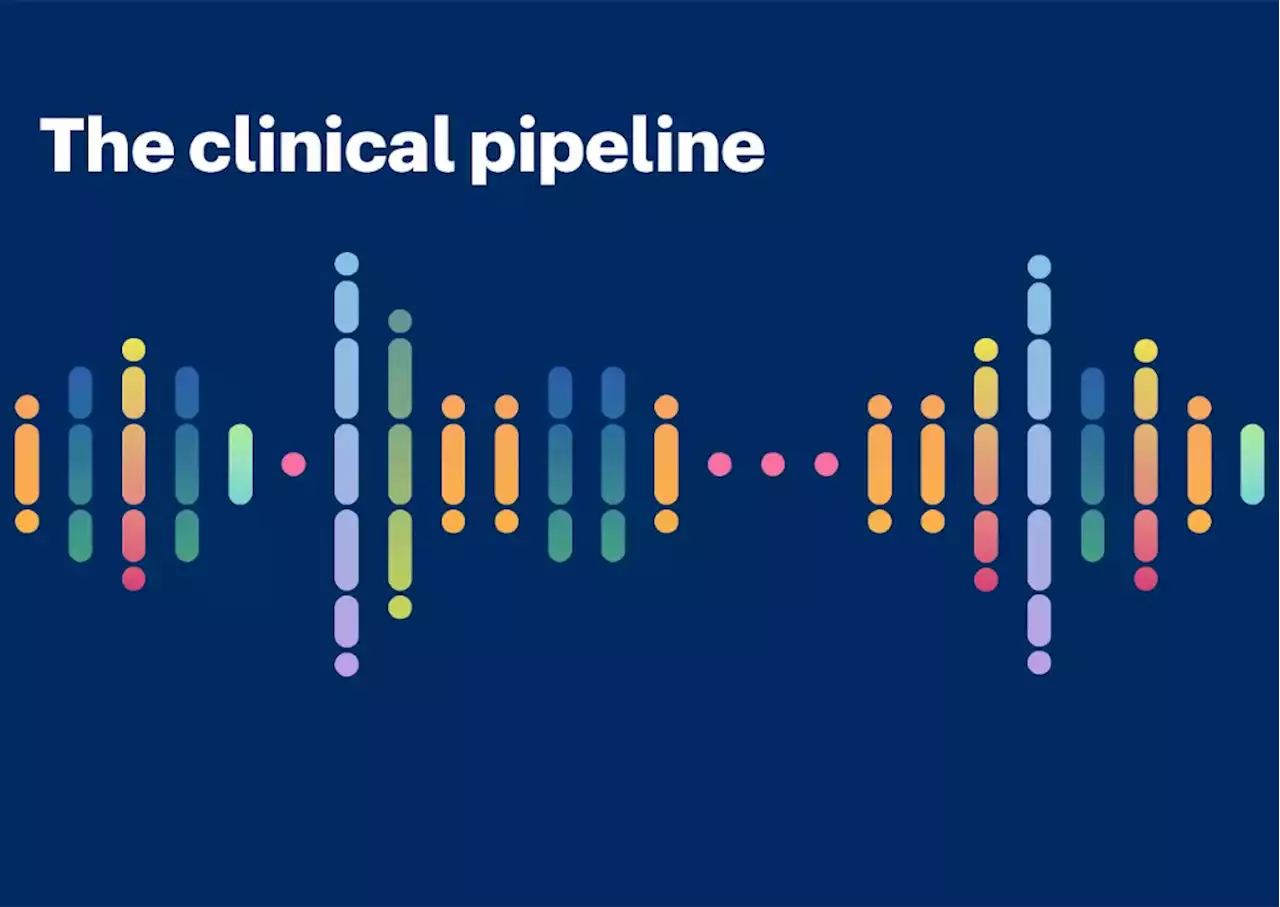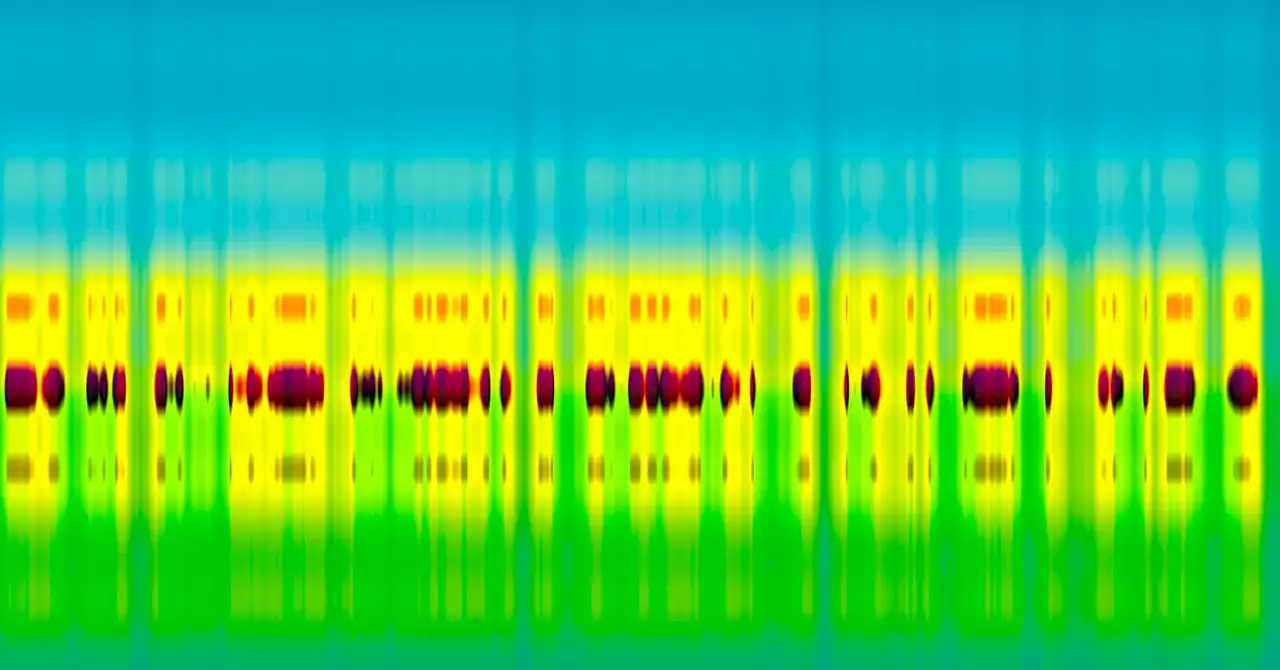One step closer! A handful of researchers presented their progress on in utero gene therapy, showing that research in lab animals offers some hope for human treatments, but still faces significant hurdles.
arise with genetic signatures—sometimes as simple as a single gene mutation—that appear in prenatal screens. New gene therapies can treat adults and even kids with these conditions, but they have some drawbacks: They can cost millions of dollars for a one-time dose, and many are currently only available to clinical trial participants. Most of all, by the time a person receives them, they may have already spent months, if not many years, living with a serious illness.
Physicians and scientists hope that by correcting these abnormalities before birth, a newborn will stand a better chance of a healthy life. “The main advantage of administering these therapies in the womb or before birth would be to prevent disease before it happens,” says Bill Peranteau, a pediatric and fetal surgeon with the Children's Hospital of Philadelphia, whose team presented at the conference.and metabolic disorders.
Fetal development offers that window, because at that point the fetus has many unspecialized stem cells that will give rise to all kinds of bodily tissues. A fetus’ immune system hasn’t fully matured, so it’s less likely to reject a biological therapy than an infant’s immune system would. And it is small, meaning its dose of a complex, expensive drug can be small too.
A gene therapy “drug” is not a drug in the traditional sense; it’s not a chemical compound that kills invading germs or quells disease symptoms. Intead, it is often a DNA-editing tool, such as, packaged into a sort of delivery vehicle, usually a virus or nanoparticle, that carries it to the target cells. The therapy can then snip, swap, or insert genes to reverse or mitigate disease.
“Delivery is still a very large challenge,” says Rohan Palanki, a bioengineer and MD/PhD student who works with Peranteau, because it can be hard to target cells in organs like the brain, lungs, and skin. The best way to solve the delivery problem depends on the disease and the type of gene therapy. Researchers may optimize the microscopic vehicle that delivers the genetic machinery, inject the drug into a specific region or at a specific time in the pregnancy—or all the above.
Indonesia Berita Terbaru, Indonesia Berita utama
Similar News:Anda juga dapat membaca berita serupa dengan ini yang kami kumpulkan dari sumber berita lain.
 New gene therapy gel is the 1st approved treatment for rare and painful 'butterfly disease'The U.S. Food and Drug Administration approved a gene therapy for dystrophic epidermolysis bullosa, also known as butterfly disease.
New gene therapy gel is the 1st approved treatment for rare and painful 'butterfly disease'The U.S. Food and Drug Administration approved a gene therapy for dystrophic epidermolysis bullosa, also known as butterfly disease.
Baca lebih lajut »
 BBC's Naga Munchetty reveals womb condition adenomyosisThe presenter shares her diagnosis of debilitating womb disorder adenomyosis with BBC Radio 5 Live listeners.
BBC's Naga Munchetty reveals womb condition adenomyosisThe presenter shares her diagnosis of debilitating womb disorder adenomyosis with BBC Radio 5 Live listeners.
Baca lebih lajut »
 Swindon woman recovering from womb cancer helps raise £15kMo Squires worked with Wiltshire Netball to help raise thousands for women's health charities.
Swindon woman recovering from womb cancer helps raise £15kMo Squires worked with Wiltshire Netball to help raise thousands for women's health charities.
Baca lebih lajut »
 Texas set to ban puberty blockers, hormone therapy for trans kidsGov. Greg Abbott said he will sign Senate Bill 14 into law. Legal groups have already pledged to challenge it in court.
Texas set to ban puberty blockers, hormone therapy for trans kidsGov. Greg Abbott said he will sign Senate Bill 14 into law. Legal groups have already pledged to challenge it in court.
Baca lebih lajut »
 Episode 2: Monitoring and Management of CAR T-Cell Therapy ComplicationsJoin Drs Amelia Langston and Jean Koff as they discuss the monitoring and management of complications before, during, and after CAR T-cell therapy.
Episode 2: Monitoring and Management of CAR T-Cell Therapy ComplicationsJoin Drs Amelia Langston and Jean Koff as they discuss the monitoring and management of complications before, during, and after CAR T-cell therapy.
Baca lebih lajut »
 First oral fecal microbiota transplant therapy approvedNature Medicine explores the latest translational and clinical research news, with FDA approval of Seres’ orally administered pill SER-109 for the treatment of recurrent Clostridioides difficile infection.
First oral fecal microbiota transplant therapy approvedNature Medicine explores the latest translational and clinical research news, with FDA approval of Seres’ orally administered pill SER-109 for the treatment of recurrent Clostridioides difficile infection.
Baca lebih lajut »
